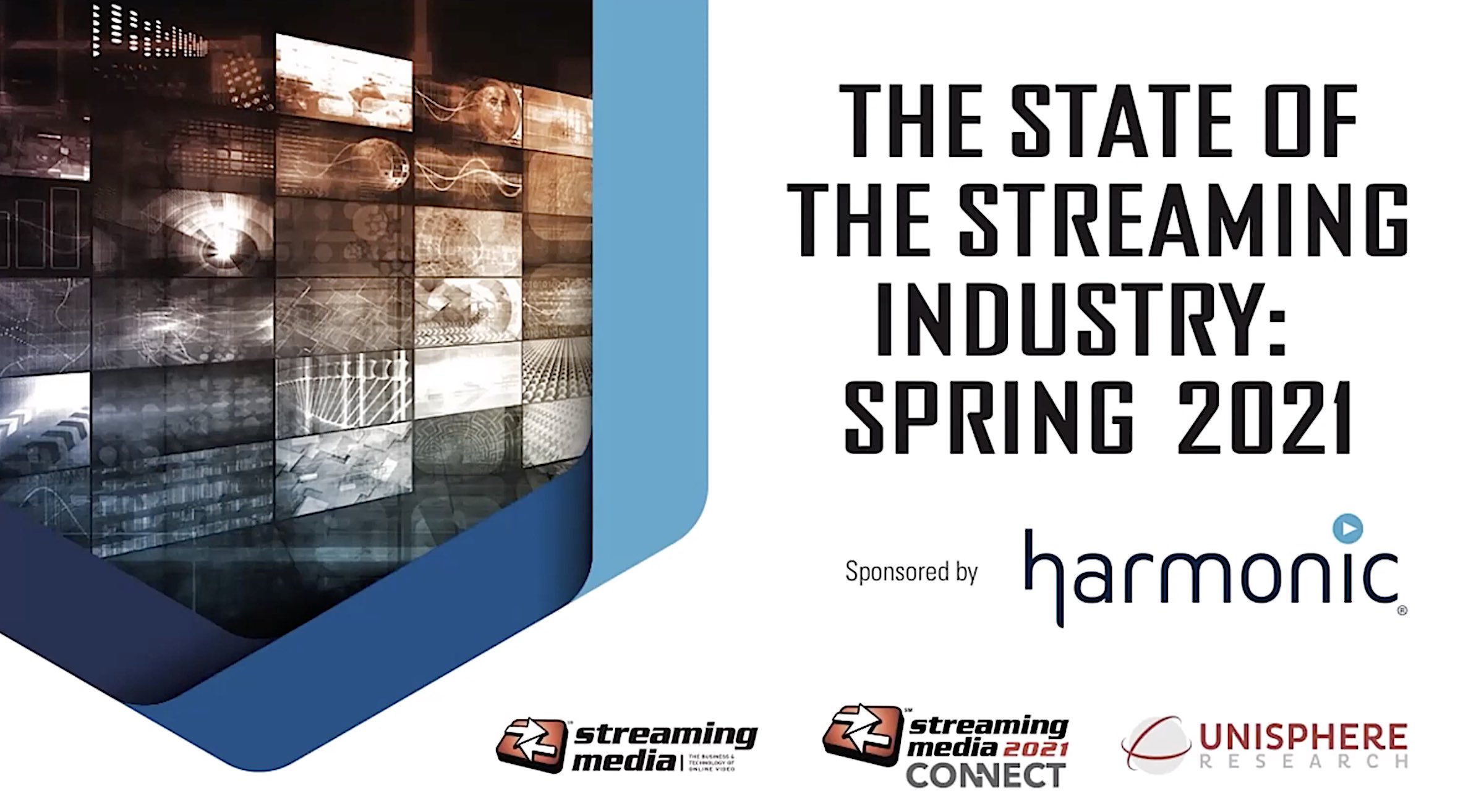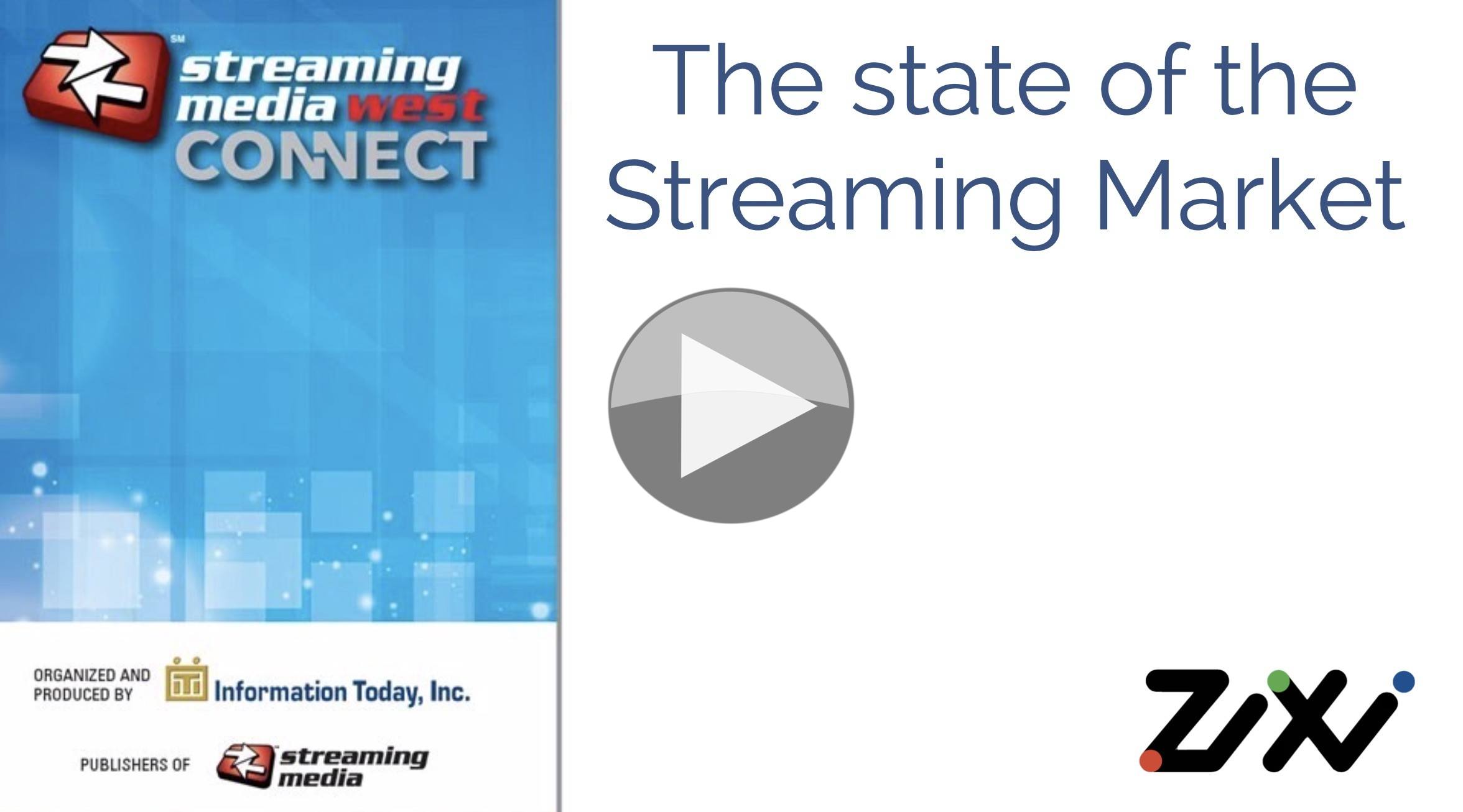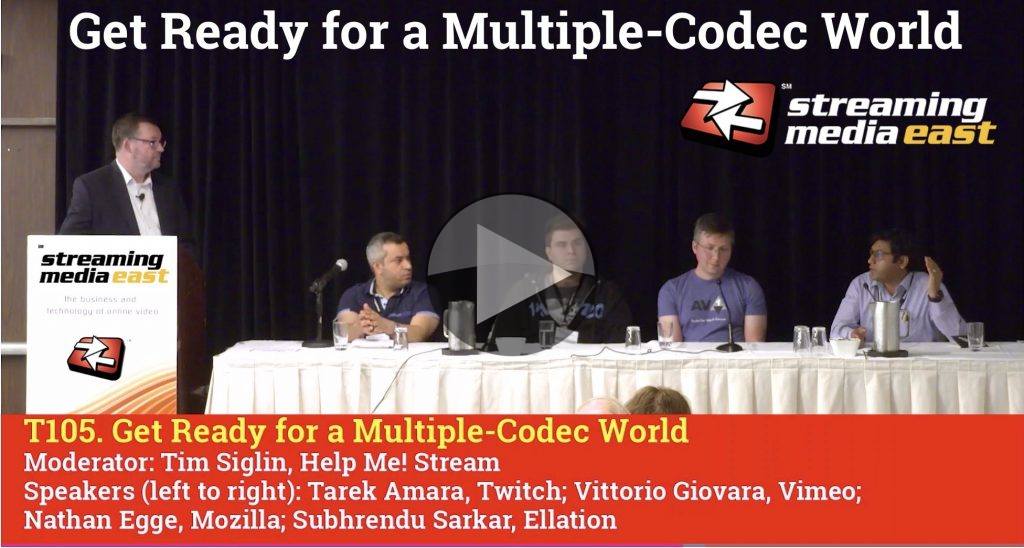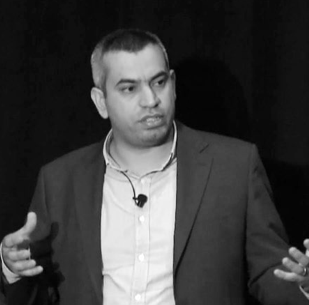Streaming Media is back to take the pulse of the Streaming market following on from their recent, mid-year survey measuring the impact of the pandemic. This is the third annual snapshot of the state of the streaming market which will be published by Streaming Media in March. To give us this sneak peak, Eric Schumacher-Rasmussen is joined by colleague Tim Siglin and Harmonic Inc.’s Robert Gambino,
They start off with a look at the demographics of the respondents. It’s no surprise that North America is well represented as Streaming Media is US-based and both the USA and Canada have very strong broadcast markets in terms of publishers and vendors. Europe is represented to the tune of 14% and South America’s representation has doubled which is in line with other trends showing notable growth in the South American market. In terms of individuals, exec-level and ‘engineering’ respondents were equally balanced with a few changes in the types of institutions represented. Education and houses of worship have both grown in representation since the last survey.
Of responding companies, 66% said that they both create and distribute content, a percentage that continues to grow. This is indicative, the panel says, of the barrier to entry of distribution continuing to fall. CDNs are relatively low cost and the time to market can be measured in weeks. Answering which type of streaming they are involved in, live and on-demand were almost equal for the first time in this survey’s history. Robert says that he’s seen a lot of companies taking to using the cloud to deliver popups but also that streaming ecosystems are better attuned to live video than they used to be.
Reading the news, it seems that there’s a large migration into the cloud, but is that shown in the data? When asked about their plans to move to the cloud, around a third had already moved but only a quarter said they had no plans. This means there is plenty of room for growth for both cloud platforms and vendors. In terms of the service itself, video quality was the top ‘challenge’ identified followed by latency, scalability and buffering respectively. Robert points out better codecs delivering lower bitrates helps alleviate all of these problems as well as time to play, bandwidth and storage costs.
There have been a lot of talks on dynamic server-side ad insertion in 2020 including for use with targetted advertising, but who’s actually adopting it. Over half of respondents indicated they weren’t going to move into that sphere and that’s likely because many governmental and educational services don’t need advertising to start with. But 10% are planning to implement it within the next 12 months which represents a doubling of adoption, so growth is not slow. Robert’s experience is that many people in ad sales are still used to selling on aggregate and don’t understand the power of targetted advertising and, indeed, how it works. Education, he feels, is key to continuing growth.
The panel finishes by discussing what companies hope to get out of the move to virtualised or cloud infrastructure. Flexibility comes in just above reliability with cost savings only being third. Robert comes back to pop-up channels which, based on the release of a new film or a sports event, have proved popular and are a good example of the flexibility that companies can easily access and monetise. There are a number of companies that are heavily investing in private cloud as well those who are migrating to public cloud. Either way, these benefits are available to companies who invest and, as we’re seeing in South America, cloud can offer an easy on-ramp to expanding both scale and feature-set of your infrastructure without large Capex projects. Thus it’s the flexibility of the solution which is driving expansion and improvements in quality and production values.
Watch now!
Speakers
 |
Tim Siglin Contributing Editor, Streaming Media Magazine Founding Executive Director, HelpMeStream |
 |
Robert Gambino Director of Solutions, Harmonic Inc. |
 |
Moderator: Eric Schumacher-Rasmussen Editor, Streaming Media |










